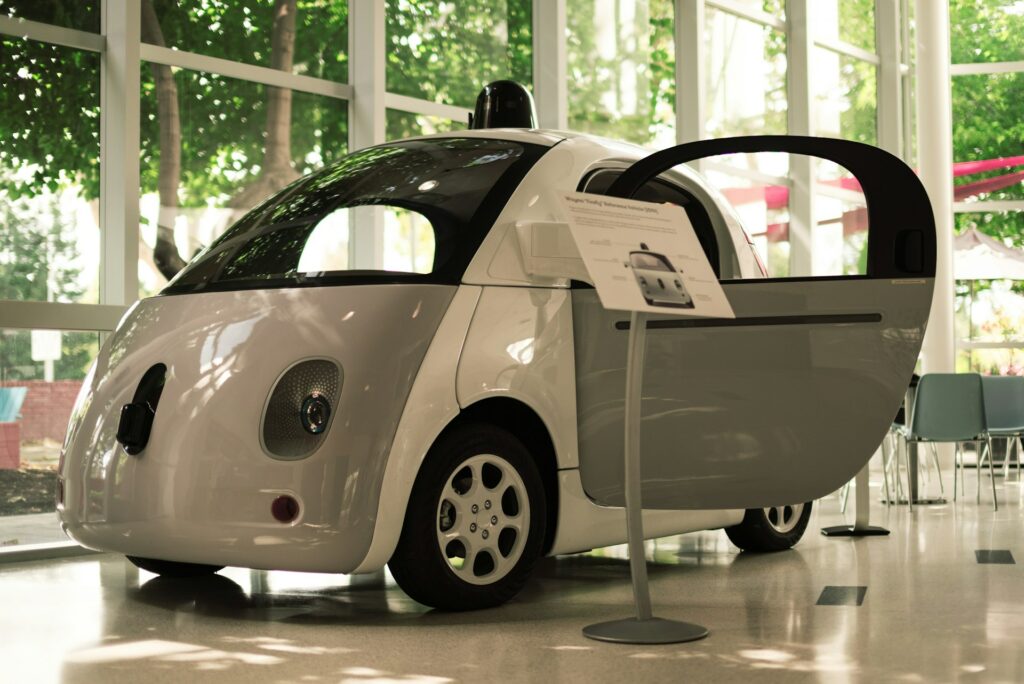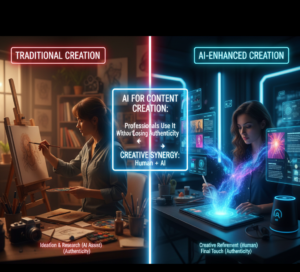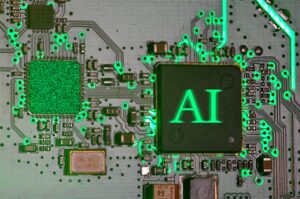The Role of Artificial Intelligence in Autonomous Vehicles and Transportation

The Role of Artificial Intelligence in Autonomous Vehicles and Transportation
Autonomous cars, which are considered to be one of the most revolutionary inventions of our time, are built upon the foundation of artificial intelligence (AI). When it comes to the future of transportation, artificial intelligence (AI) is playing a significant role in shaping it, from self-driving vehicles and trucks to traffic control systems that are powered by AI. Artificial intelligence (AI) has made it possible for cars to understand their environment, make judgments, and travel safely with minimum or no human interaction. This has been accomplished via the combination of machine learning, computer vision, and sensor technology.
More than just a matter of convenience, this change offers the potential of safer roads, less traffic congestion, and more sustainable transportation networks in the future.
How Artificial Intelligence Provides the Power for Autonomous Vehicles
In order to make sense of the environment around them, self-driving cars depend on a mix of hardware (sensors, cameras, LiDAR, and radar) and software that is powered by artificial intelligence.
1. Perception and Object Detection
cars are able to use computer vision, which is driven by artificial intelligence (AI), to recognize traffic signs, people walking, cyclists, other cars, and obstacles. In order to arrive at an accurate comprehension of the environment, deep learning models analyze pictures from cameras and data from sensors in real time.
2. Mapping and Localization
In order to establish their precise location on a digital map, autonomous cars make use of artificial intelligence algorithms that are integrated with GPS and LiDAR. Precise navigation is guaranteed by maps that are high quality and that are continuously updated with artificial intelligence.
3. Decision-Making and Path Planning
Artificial intelligence assists cars in determining the most secure and efficient routes to take. This include changing lanes, merging into traffic, passing other vehicles, and reacting to unforeseen circumstances, such as a person who is in the process of crossing the street. Vehicles are trained using reinforcement learning models to manage complicated traffic scenarios.
4. Control of Motion
After a choice has been made, artificial intelligence (AI) converts it into specific actions, like as speeding up, braking, or turning, in order to ensure that the driving experience is both safe and seamless.
5. Predictive Analytics
The probability of accidents occurring is decreased by artificial intelligence (AI) systems, which foresee the movements of other motorists, pedestrians, or bicycles. For instance, the autonomous vehicle may make adjustments appropriately if it is able to forecast that an automobile may unexpectedly move lanes.
Applications of Artificial Intelligence in the Field of Transportation
Artificial intelligence is not restricted to automobiles that drive themselves. It is completely changing the transportation industry as a whole.
- Autonomous Trucks: By making it possible for trucks that travel vast distances to drive themselves, artificial intelligence is causing a revolution in the logistics industry. This reduces driver fatigue and shortens delivery times.
- Ride-Sharing Services: In an effort to provide urban transportation that is both efficient and cost-effective, businesses are experimenting with fleets of self-driving taxis that are driven by artificial intelligence.
- Public Transportation: Artificial intelligence (AI) is now being used to improve bus routes, metro schedules, and traffic signal systems in order to provide smoother travel in metropolitan areas.
- Traffic Management: Artificial intelligence (AI) is used to evaluate traffic data in real time in order to manage congestion, change signals, and decrease bottlenecks.
- Safety Systems: Technologies that aid the driver, including as lane-keeping assist, adaptive cruise control, and automated emergency braking, are artificial intelligence-based features that are now available in a number of different automobiles.
Advantages of Autonomous Vehicles Equipped with Artificial Intelligence (AI)
Improved Security
Human mistake is the cause of the majority of accidents that occur on the road. Vehicles that are powered by artificial intelligence (AI) mitigate hazards by making consistent judgments based on data.
Diminished Congestion of Traffic
By talking with other cars and smart infrastructure, artificial intelligence (AI) has the potential to improve traffic flow and reduce delays.
Cost-Effectiveness in the Logistics Industry
Autonomous trucks are beneficial in that they decrease the amount of fuel that is used and reduce operating expenses, in addition to alleviating weariness in human drivers.
Improved accessibility
For persons who have impairments or for old people, automobiles that can drive themselves may provide options for mobility.
Environmental Impact The patterns of driving that are improved by artificial intelligence (AI) make the use of fuel more efficient and encourage people to drive electric cars, which in turn reduces the amount of emissions produced.
The Difficulties Encountered When Using Artificial Intelligence in Autonomous Transportation
Artificial intelligence (AI) driven transportation, although if it seems to be a promising technology, still has to overcome a number of major obstacles:
- Concerns about safety: Making certain that self-driving cars are capable of managing the unforeseen circumstances that occur in the real world is a difficult task.
- Legal and Regulatory Issues: Governments are responsible for developing unambiguous regulations for responsibility, insurance, and road safety.
- Ethical dilemmas: Artificial intelligence (AI) is required to make choices in the blink of an eye in complicated moral situations, which raises ethical concerns.
- The development and deployment of autonomous systems need a considerable investment in technology and infrastructure because of the high costs involved.
- Public Trust: People’s desire to have faith in cars that are driven by artificial intelligence will determine how widely adopted they become.
The Future of Artificial Intelligence in the Transportation Industry
Artificial intelligence has only recently begun to play a part in the transportation industry. In the years to come, we may anticipate the following:
- Ride-sharing programs that operate without human intervention in large urban centers
- Traffic management systems overseen by artificial intelligence that are capable of adjusting dynamically to situations as they are happening.
- Increased integration of artificial intelligence with electric and sustainable transportation systems.
- For uninterrupted transport, there is collaboration between smart city infrastructure and automobiles.
- In the end, artificial intelligence will bring about transportation systems all across the globe that are more ecologically friendly, more efficient, and safer.
Artificial intelligence is the primary factor responsible for the development of autonomous cars and the larger-scale changes that are occurring in the transportation industry. Artificial intelligence (AI) has the potential to decrease the number of accidents, cut expenses, and change the way that people and products are transported from one location to another by allowing vehicles to perceive, think, and act on their own.
The future is obvious, even while problems persist: artificial intelligence (AI) will continue to drive the transition to transportation systems that are intelligent, autonomous, and sustainable, which will reshape mobility for centuries to come.







